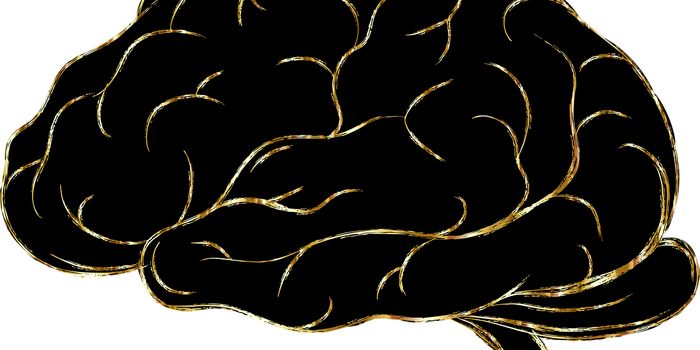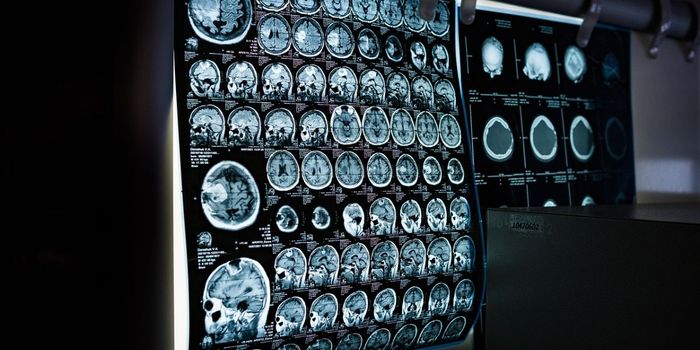
The National Institutes of Health have awarded University of Pennsylvania researchers a five-year, $2.8 million grant to further research on techniques for monitoring blood flow in the brain following strokes. The grant is part of the agency's Bioengineering Research Partnership program, which supports interdisciplinary approaches to solving health-related problems through the development of new technologies.
Leaders of the research team are Arjun Yodh, a professor in the Department of Physics & Astronomy in the School of Arts & Sciences; John Detre, a professor of neurology in Penn's Perelman School of Medicine; and Daniel Licht, an associate professor of neurology at theChildren's Hospital of Philadelphia.
The new funding is a renewal of the team's previous BRP grant, awarded through the NIH's National Institute of Neurological Disorders and Stroke, in recognition of the progress made during the previous five years when the Penn team developed and tested a new optical device that permits noninvasive and continuous monitoring of cerebral blood flow.
"For stroke patients, increasing the flow of blood to damaged tissue within the brain is a common treatment goal," Yodh said, "but current technologies for measuring regional cerebral blood flow are limited or can't be used continuously. The optical approaches offer the possibility to tailor care to individual patients."
The team's key technology development is a noninvasive probe placed on the surface of the head that measures the fluctuations of near-infrared light that has travelled through the skull and into the brain and then back out to the tissue surface. These fluctuations are caused by moving red blood cells in tissue and have been shown to accurately track blood flow in underlying brain tissue.
The team demonstrated the technique's effectiveness by measuring responses during a common treatment used in post-stroke care. Most patients hospitalized with an acute stroke are kept lying flat for at least 24 hours, in an effort to increase cerebral blood flow in vulnerable brain regions surrounding the damaged tissue. The researchers reported in the journal Stroke that, while this flat position did indeed increase blood flow in the damaged hemisphere in most stroke patients, about a quarter of the patients had a paradoxical response and showed improved blood flow when their heads were kept at an elevated angle.
Such an experiment was not possible with existing techniques that accurately measure blood flow in brain tissue, CT and MRI scans, as they can only make such measurements at single points in time and only while the patient is lying flat.
"Stroke is the leading cause of disability," Detre said, "with $2.2 trillion in projected costs of care over the next five decades in the United States alone. Individualizing stroke management by actually measuring the underlying physiology and its response to treatment interventions has great potential to impact stroke outcomes."
"Stroke in children, especially the very youngest presents even greater challenges than in adults," Licht said. "Infants and young children lack the ability to cooperate with clinical exam, and consequently this increases the reliance on technology. Furthermore, the consequences of pediatric stroke outcomes will be felt over a child's full lifetime, up to 70 years or more."
Patent US#8,082,015 has been granted to the University of Pennsylvania for the team's optical cerebral blood flow monitoring technology, and a spin-off company is being established through the Penn Center for Innovation's UPstart program. Besides its application to neurological disorders, the team's technology is being tested in a number of other clinical populations in whom tissue blood flow changes are relevant.
 The National Institutes of Health have awarded University of Pennsylvania researchers a five-year, $2.8 million grant to further research on techniques for monitoring blood flow in the brain following strokes. The grant is part of the agency's Bioengineering Research Partnership program, which supports interdisciplinary approaches to solving health-related problems through the development of new technologies.
The National Institutes of Health have awarded University of Pennsylvania researchers a five-year, $2.8 million grant to further research on techniques for monitoring blood flow in the brain following strokes. The grant is part of the agency's Bioengineering Research Partnership program, which supports interdisciplinary approaches to solving health-related problems through the development of new technologies. 







